Zee Melt 2017: Media honchos discuss disruption of mind Vs disruptive tech
When three media honchos like Raghav Bahl, Arnab Goswami and Samir Bangara get together, the discussion is bound to be no holds barred and deeply insightful. Day 2 at the ongoing Zee Melt 2017 event in Mumbai saw an interesting panel discussion on key technology trends that are shaping our future. The panel was moderated by Kel Hook, Regional Head GAM at PHD, APAC.
Kel Hook started the session by asking the panelists what they would choose from cognifying, flowing, filtering and remixing, and how they saw the focus shifting over the next two to three years. While noting that we live in a world of big data where there is a lot of disruptive data available, Raghav Bahl, Founder, Quintillion Media, said that he cannot choose any one of the four as they are all inter-connected and added that every nano second each human being is digitally connected and is growing. “A lot of that data is relevant to what a person is reading, who are they following, what are they reacting to, what comment are they posting, what are they buying, where are they travelling and what hotel are they staying in,” he said.
While explaining that the human brain helps us know which one of the four matters the most to us, Arnab Goswami, Founder of Republic TV, remarked, “The moment you start depending upon machines to think for you is when we are finished. There will be thousands of stories every day, but if you depend on machines to tell you which stories people want to watch, then you will lose. It requires an understanding of sociology, social psychology, politics, this country and her people. A machine will never think of these things because they are inherently subjective.”
Goswami further said, “I believe in disruption of the mind. People want to stop thinking and want their device to think for them, but better technology does not make you win because the best technology is right there in your brain.”
While speaking on how his media organisation was connecting with the audience in a digitized India, Raghav Bahl admitted that he was a bit wary of over personalisation and stressed that there couldn’t be an either-or situation in the news business, which is based on the editor’s judgement, instinct and credibility of a story.
Arnab Goswami took a dig at the media industry at large and said that the entire media is basically chasing its own tail and everybody is trying to follow what the other person is talking about. According to him, the print medium is dying and print journalists are looking at television, who, in turn, look at digital. “The digital guys are looking at ways of measuring Twitter and finding out what people are talking about. The people who are talking, look at what other people are talking about. The role of a journalist is not to decide what is to be prioritised from their stack, but to disrupt and question. We cannot be overdependent on technology and be brain dead in the content business. We can’t allow technology to take us to that point.”
Agreeing with Raghav Bahl and Arnab Goswami, Samir Bangara, Co-Founder and Managing Director, Qyuki Digital Media, pointed out that in the Indian context, digital news is a small part of online consumption. 90 per cent of the content online is entertainment-centric. He noted, “There is a lot of content creation happening on a daily basis in the genre of entertainment and now brands like Red Bull, Dove and Johnson & Johnson have become publishers. However now, there is a creator’s revolution that is dring the emergence of a digital superstar. The creator has become the brand, that is, the publisher. The tragedy today is that out of the Rs 10,000 crore spent on digital, a mere Rs 125 crore is spent on content marketing, whereas a major chunk is spent on technology based marketing or programmaticn buying.”
Raghav Bahl also pointed out that there is a reverse trend happening, where independent publishers are now becoming premium and so if one had to push the content, then one needed to pass the filters of these publishing platforms. He observed, “Self publishing is also self-limiting in a way as the publisher will be confined to who follows them, likes them or are willing to suspend the belief that this is not independent.”
While affirming that there has been a massive shift over the last six months in the construct of a consumer, which is driven by urban trends, Samir Bangara added, “On YouTube, some of the biggest creators have been toppled with Hindi content that you might now not want to be exposed to, but that is what the masses are consuming. We need this filtering process for the incoming creators and that’s where technology becomes your friend.”
While professing that the Direct To Home (DTH) penetration in India is much more than what was projected, Arnab Goswami concluded the session by stating that language and urbanisation go hand in hand in India and the country is urbanising at a faster pace. “There are 400 million Indians who speak English as a second language and a large number of them are urban or urbanised and these people consume a lot of video. So, the entire audience is changing much faster than we can imagine,” he added.




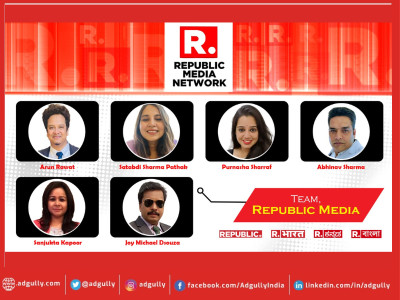
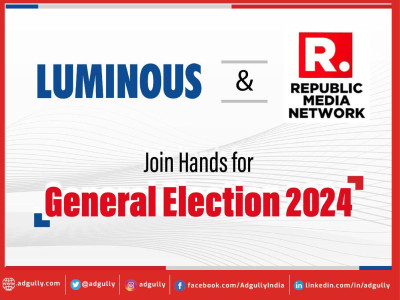
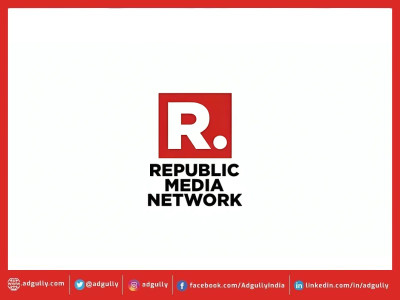





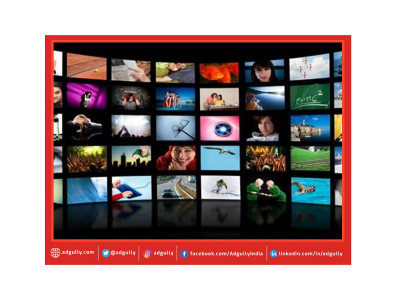
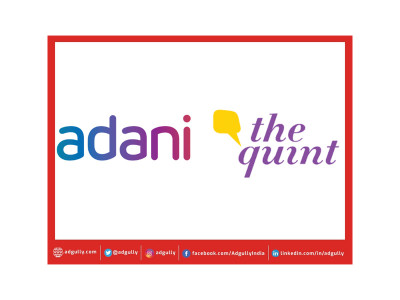
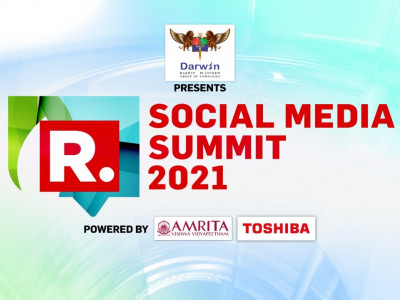
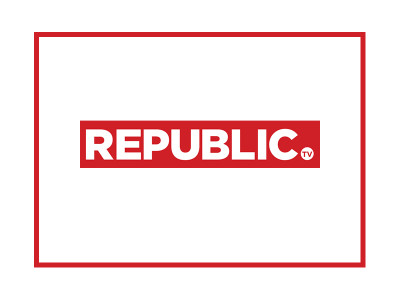


Share
Facebook
YouTube
Tweet
Twitter
LinkedIn